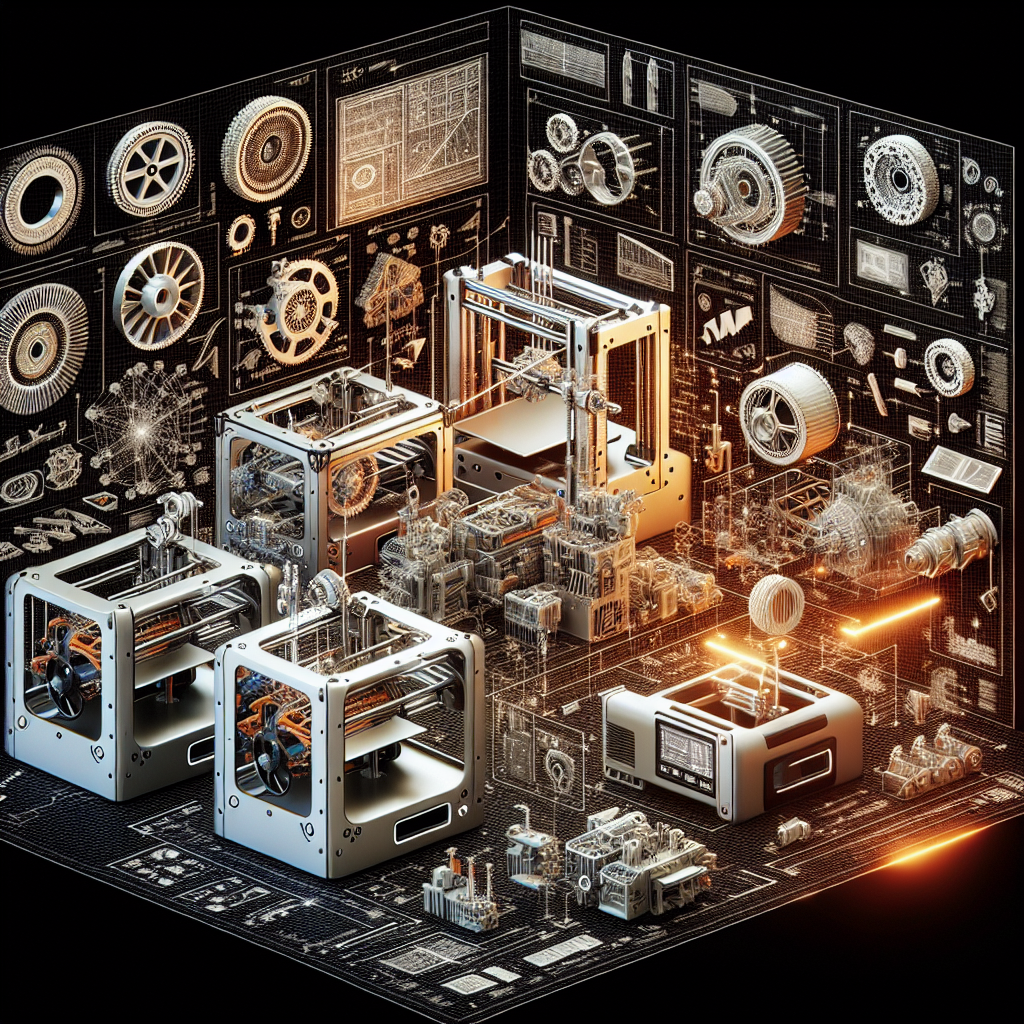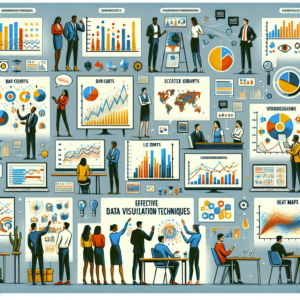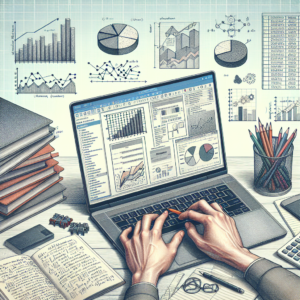The world of technology is consistently evolving, pushing the boundaries of what we previously thought possible and continuously adapting to meet the needs of society. One area where this is particularly evident is in the field of 3D printing hardware. This rapidly evolving technology has been a game changer in industries from manufacturing to healthcare, and its advancements are showing no signs of slowing down.
Evolution and Progress in 3D Printing Hardware
Since its inception in the 1980s, 3D printing technology has undergone significant evolution, both in terms of its capabilities and its hardware. Initially, 3D printing was a slow and expensive process, with limited material options and a focus on prototyping rather than end-use production. The 3D printing hardware was bulky, complex and often unreliable. However, thanks to continuous advancements in 3D printing hardware, this technology has become more accessible, faster, and capable of using a wider range of materials.
The progress in 3D printing hardware is evident in the size and design of the printers. Modern 3D printers have become smaller, more user-friendly and more reliable. Many are now designed for homes and small businesses, making them a viable tool for more people. Additionally, the hardware has become more sophisticated, with new features such as multi-material printing, increased build volumes, and improved speed and accuracy.
Moreover, the evolution and progress in 3D printing hardware have also seen the development of more advanced software and improved connectivity. This has enabled more precise control over the printing process, and the ability to create more complex and detailed objects. As a result, 3D printing has transitioned from a prototyping tool to a production method for a wide range of applications.
Technological Breakthroughs in 3D Printing Equipment
Numerous technological breakthroughs have marked the development of 3D printing equipment. Some of the most significant include the introduction of resin-based and metal-based 3D printing, which has drastically expanded the range of materials that can be used. These advancements in 3D printing hardware have opened up new possibilities for the creation of custom parts and products across various industries.
Another significant technological breakthrough is the development of automation in 3D printing equipment. This has allowed for the batch production of parts, drastically reducing the time and effort required to produce large quantities of 3D printed items. Automation has also increased the speed and efficiency of the printing process, making it a more viable option for mass production.
Importantly, the introduction of AI and Machine Learning in 3D printing hardware has paved the way for predictive maintenance, quality control, and the development of advanced printing techniques. Such advancements in 3D printing hardware have not only made the process more efficient but also led to the creation of more complex, high-quality, and durable end products.
Current Landscape and Future Prospects of 3D Printing Hardware
The current landscape of 3D printing is diverse and exciting. Thanks to advancements in 3D printing hardware, the technology is now being used in numerous industries, from automotive to healthcare, education, and construction. It is also being adopted by small businesses and hobbyists, illustrating its growing accessibility and versatility.
Looking towards the future, 3D printing technology is set to continue its rapid pace of advancement. This will likely involve further enhancements in hardware, such as improved precision and speed, the introduction of new printing materials, and even greater automation and machine learning capabilities. This is expected to broaden the scope of 3D printing applications and make the technology even more accessible and beneficial for a wide variety of industries.
The future of 3D printing hardware also holds promise for more sustainable practices. As the technology continues to evolve, there is potential for the development of more energy-efficient machines, and the use of more sustainable materials. This could significantly reduce the environmental impact of manufacturing and contribute to more sustainable production practices.
Summary: Reflecting on the Advancements in 3D Printing Hardware
In sum, the advancements in 3D printing hardware over the past few decades have been impressive. From the development of new printing materials to advancements in speed, precision, and automation, these technological breakthroughs have transformed 3D printing from a niche technology to a valuable tool for a wide array of applications.
Moreover, as 3D printing hardware continues to evolve, it holds immense potential for the future. With the promise of even more advanced capabilities, greater accessibility, and more sustainable practices, the future of 3D printing hardware looks bright indeed.
In conclusion, the advancements in 3D printing hardware have been pivotal in driving the growth and applications of this technology. From its humble beginnings, 3D printing has evolved into a powerful tool that is transforming industries and changing how we manufacture products. As we look towards the future, the potential for further advancements in 3D printing hardware is vast, promising to drive further innovation and enable new possibilities for this exciting technology.











